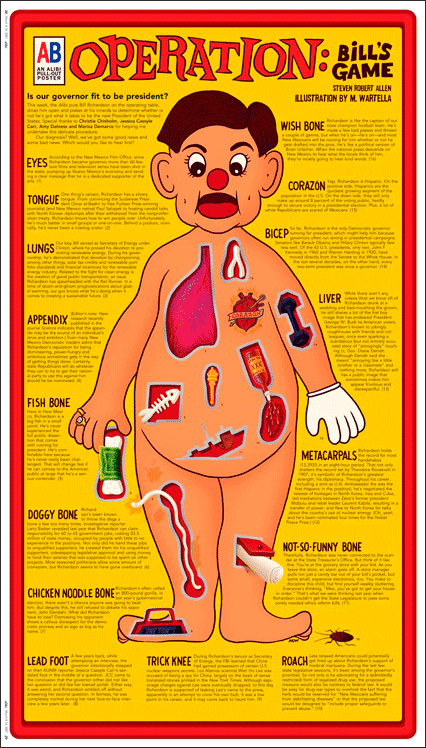"DESCRIPTION:
Certainly one of the most tragic stories of the jet age revolves around the unfortunate de Havilland Comet. Building on the British lead in jet engine technology following World War II, de Havilland developed and flew the first commercial jet aircraft in 1949, several years ahead of rival Boeing in America. Known as the D.H.106 Comet, the ailiner used four of the new de Havilland Ghost 50 turbojet engines mounted in the wing root leading edge of an otherwise fairly typical commercial airliner of the day.
Because it represented such a revolutionary advance in commercial travel, the Comet was put through an extensive series of test flights and certifications over the next three years. These 500 hours worth of flight crew training and proving flights included long overseas flights, tropical operations, and high altitude takeoffs.
Having successfully completed these tests with no apparent difficulties, launch customer BOAC received permission to begin commercial operations in early 1952. The first hint of trouble with the design came exactly one year later when a Comet mysteriously crashed shortly after takeoff on 2 May 1953. Two similar crashes in early 1954 forced British authorities to ground the entire fleet pending investigation. Over the following months, extensive tests were performed on the aircraft to determine what could have caused these mysterious accidents.
The answer finally came after a fuselage had been submerged in a tank of water and repeatedly pressurized and depressurized to represent repeated flight cycles. After several thousand of these cycles, fatigue cracks were found to be spreading from the square edges of the windows in the passenger cabin. These cracks would eventually reach a critical size where they would grow rapidly resulting in a catastrophic depressurization that would destroy an aircraft in flight.
All Comets then in service or under construction were either scrapped or modified with rounded-corner windows to correct the fatigue problem. Nevertheless, it took four years for the aircraft to be recertified for commercial service. By this time, the much improved Comet 4 series was available, equipped with better engines, greater fuel capacity for increased range, and a lengthened cabin for additional passengers.
However, the four year hiatus in Comet operations had driven most prospective customers to the rival Boeing 707 and Douglas DC-8. These designs soon claimed the bulk of the market. Only about 90 Comets ever reached commercial operators, and most were removed from service by the early 1980s. A few additional aircraft were used by the military, but only the Nimrod, a Comet derivative, remains in use. Had the Comet not been plagued by a fatal design flaw, Britain might well still dominate commercial aviation today."
Where engineering and processing was incomplete on the Comet, the whole idea fell apart after it flew passengers. It lived up to its name, a bright light in the sky for a short time. I don't want to be presumptuous, since the 787 has just a little ways to go before before it reaches a life time achievement award for an aircraft. It is wise not run a comparison of the problems from the Dreamliner to The Comet for its more of a "Tale of Two Cities". Two different airplanes, two different problems, and two different results. Because of the Comet, the 787 will live on and save lives redundancy, reliability and innovation. A safety and testing infrastructure has been built upon these types of stories all through aviation's history. As technologies expand, the measures taken are exponentially expanded.
As anxious as Boeing is for making the 787 fly again, they truly want to make it safe. Failure is not an option for any company. Each of its workers have that etched in the back of their own psychics when putting its frame making into practice. What is lost, maybe the cognitive dissonance subcontractors have placed in its roles as suppliers. But they should eagerly embrace shared risks and responsibilities. A Boeing failure translates back to the supporting roles of subcontractors. Even though Boeing takes the big hit in failures, the little hit in failure for the subcontractor is equally devastating This is not a blame game for the Battery issue. It is obvious that Japanese suppliers and operators are at the same level of angst over the battery problem as as Boeing is, and all other parts of this aircraft are under a monitoring scrutiny.
The Dreamliner is on track to be that Dream realized. Because of the Comets found in Aviation, flight has always been experimental, even since before the Wright Brothers. Man has overcome common sense and chooses to fly. Man also drives cars at high speeds among thousands of cars going in multiple directions. One flat tire or broken blinker and bam, not very good for anybody! I don't need to convince anyone of the risk of living. Back in the dark ages people died just standing still in their own homes, of starvation or the plague. Flight has become a controllable risk, especially as an aircraft ages in the process. A two year old walking along a flowing ditch is an uncontrollable risk. The 787 is almost two but has parental guidance firmly in its hand.
This brings us back to the battery and other things on the 787. Many governing conventions, have its rope around the 787; Boeing, FAA, and the Japanese governing bodies. The protocol is not to fly the 787 until all electrical safety risks are retired. I have more confidence in the process than before the battery fire. An assumption existed before the batteries fires, of not having a problem. A serious problem happened without a loss. Now Boeing finds itself relieved, that the dream lives on, and the battery situation will be addressed soon, with full assurance. The passengers will have greater confidence as the bugs of any new aircraft are sorted out. It will not be a Comet burning out and it will remain a Dream living on.










